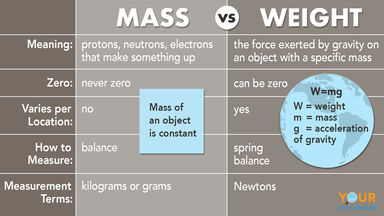Each instrument is accompanied by a pair of weights and by a square root table, so that the product of the square root of the number corresponding to the position of the sliding weight and the ascertained constant for each weight, gives at once the value of the current in amperes.
One section of the law expresses the fact that the weights of two substances, not necessarily elements, that are equivalent in one reaction, are often found to be equivalent in a number of other reactions.
It is universally found that the weights of two bases which neutralize the same weight of one acid are equivalent in their power of neutralizing other acids.
The Daltonian would say that each of these weights represents a certain group of atoms, and that these groups can replace, or combine with, each other, to form new molecules.
On account of this difficulty, the atomic weights published by Dalton, and the more accurate ones of Berzelius, were not always identical with the values now accepted, but were often simple multiples or submultiples of these.





